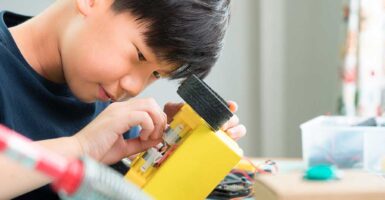Everyday Items That Were Invented by Kids
Throughout history, some of civilization’s most practical innovations emerged from young minds who saw problems others had overlooked. From frozen treats to lifesaving devices, these childhood inventions transformed daily life in ways that continue to influence modern society.
Popsicles

On a cold San Francisco night in 1905, eleven-year-old Frank Epperson accidentally created an empire of frozen treats. After mixing soda powder with water and leaving his drink on the porch with a stirring stick, he discovered the first “Epsicle” the next morning.
By 1924, Epperson patented his frozen discovery. He later changed the name to “Popsicle” after his children called them “Pop’s sicles.” The accidental invention spawned a multibillion-dollar frozen treat industry, with over two billion Popsicles sold annually. Epperson’s original patent covered 17 unique frozen confections.
Earmuffs

Chester Greenwood’s Frozen Ears launched a winter wear revolution in 1873. At just 15, tired of his ears freezing while ice skating in Maine’s brutal winter, he crafted the first earmuffs using beaver fur, cloth, and a wire frame.
Local craftsmen helped perfect his design, earning him a patent by age 19. His hometown of Farmington, Maine, became the earmuff manufacturing capital of the world, producing up to 400,000 pairs annually. The state celebrates Chester Greenwood Day each December, complete with an earmuff parade.
Like Go2Tutors’s content? Follow us on MSN.
Television Signal Controls

Fourteen-year-old Philo Farnsworth conceived the key principles of electronic television while plowing his family’s Idaho potato field in 1922. The straight furrows inspired him to scan images in lines using electrons.
By age 21, he demonstrated the first working all-electronic television system. Though major corporations later challenged his patents, Farnsworth’s teenage insight fundamentally shaped modern broadcasting technology. He later went on to develop over 300 television-related patents.
Braille
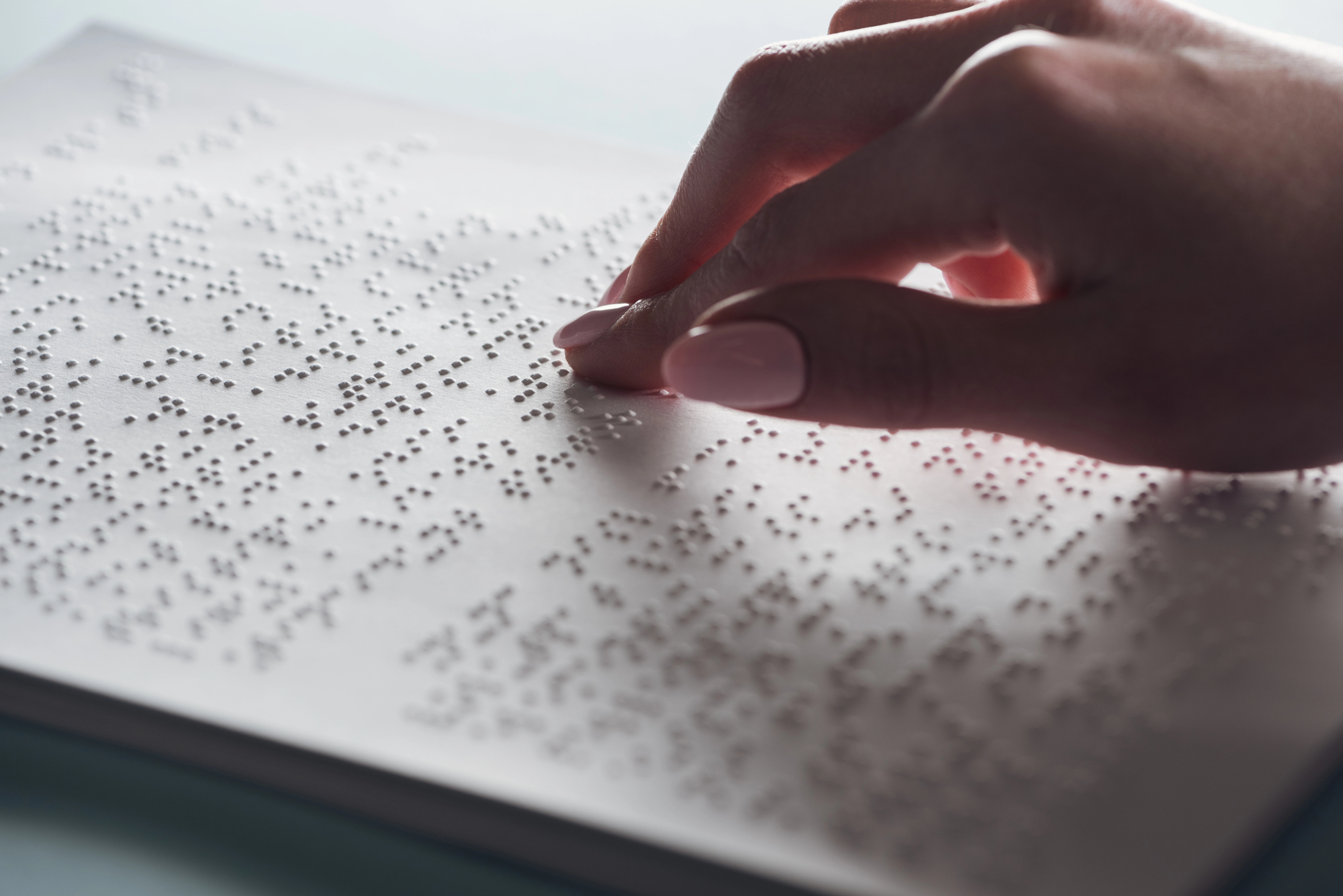
Louis Braille lost his sight at age 3 in a tragic accident, but this setback sparked an innovation that would help millions. At 15, he refined a complex military “night code” into the simple six-dot system used today.
Despite fierce resistance from his teachers at the Royal Institute for Blind Youth in Paris, Braille persisted with his invention. His teenage creation became the global standard for non-visual reading and writing, revolutionizing education for the visually impaired worldwide.
Swimming Flippers
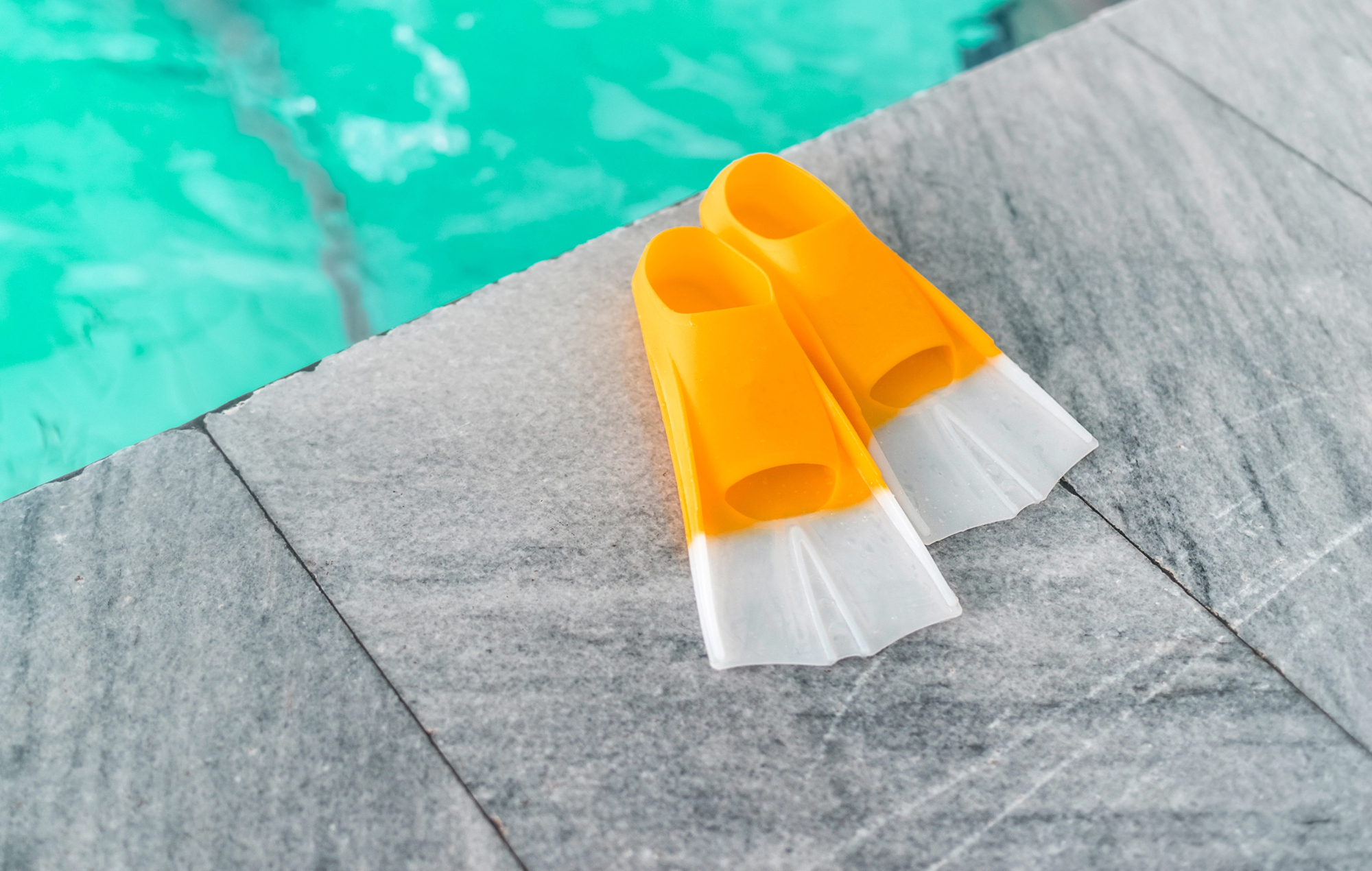
Benjamin Franklin’s first invention splashed into history when he was just 11. Frustrated by slow swimming speeds in Boston Harbor, he carved oval-shaped paddles from wood.
These early flippers strapped onto his hands, not his feet, as modern versions do. Franklin detailed the invention in his autobiography, noting that while they tired his wrists, they helped him move faster than any other swimmer. Modern swim fins still employ many of his original hydrodynamic principles.
Like Go2Tutors’s content? Follow us on MSN.
Trampoline
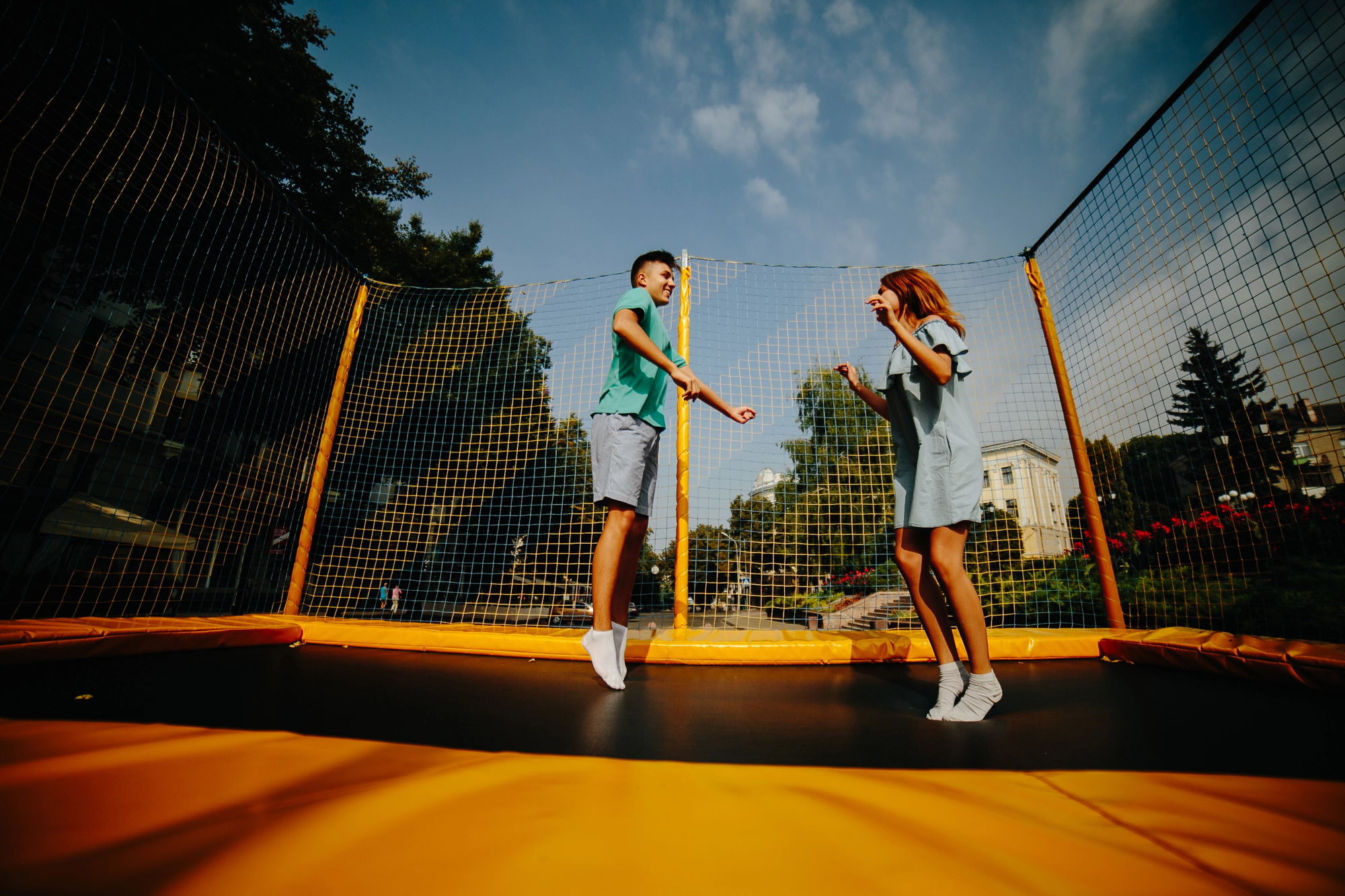
Sixteen-year-old George Nissen transformed a circus observation into a worldwide phenomenon in 1930. After watching trapeze artists bounce into safety nets, he spent countless hours in his parent’s garage perfecting a “bouncing rig.”
Using steel scraps from local junkyards and canvas bed sheets, Nissen created the first modern trampoline. The invention later helped train World War II pilots and became an Olympic sport by 1960.
Snow Guard

Roger Bacon was just 14 when winter weather inspired his first invention. After watching the snow slide dangerously off metal roofs, he developed a simple guard system to control ice buildup.
His design prevented injuries from falling snow while protecting gutters from damage. The invention earned him both a patent and a National Science Foundation award, leading to widespread adoption in snowy regions.
Calculator
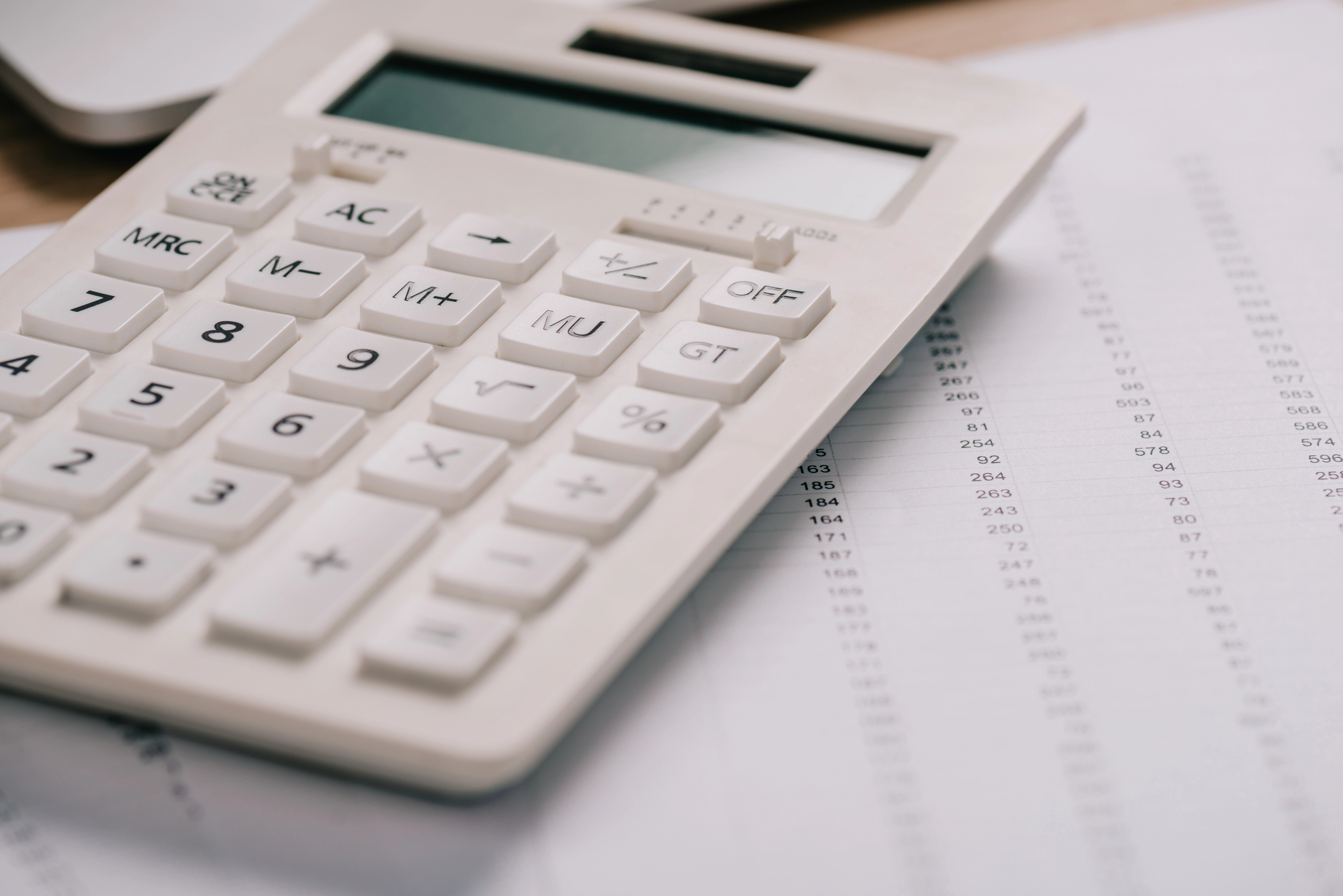
At age 19, Blaise Pascal revolutionized mathematics with the first mechanical calculator. Watching his father struggle with endless tax calculations inspired the young inventor to create the “Pascaline.”
The brass device could add and subtract two numbers using a series of gears and wheels. His teenage invention laid crucial groundwork for modern computing devices and the programming language PASCAL later honored his contribution.
Like Go2Tutors’s content? Follow us on MSN.
Makin’ Bacon

Eight-year-old Abbey Fleck revolutionized breakfast preparation in 1993. Tired of paper towels soaked with bacon grease, she invented a microwave rack that hung bacon strips vertically.
The simple design lets fat drip away while cooking, creating crispier bacon and easier cleanup. Her “Makin’ Bacon” device sold millions through major retailers, funding her college education before she finished elementary school.
Security Milk Caps
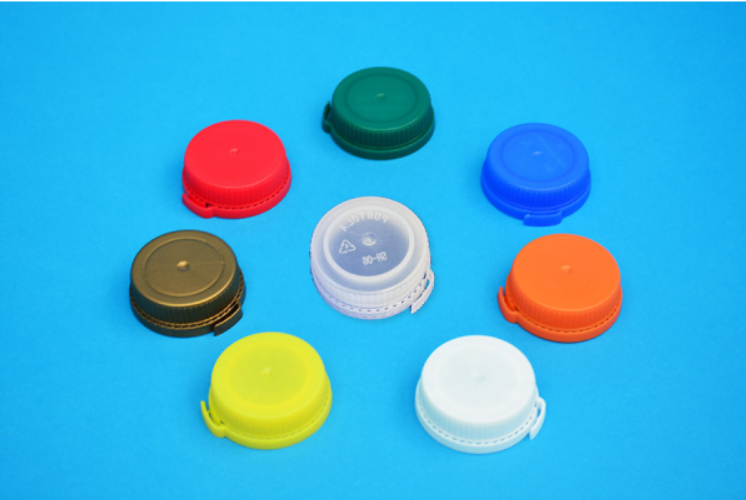
Thirteen-year-old Marian Bechtel developed tamper-evident milk container caps after hearing about food safety concerns. Her color-changing design provided an immediate visual warning if seals were broken.
The invention caught the attention of major dairy producers and influenced modern food safety packaging standards.
Hot Seat Safety

Concerned about children left in hot cars, ten-year-old Alissa Chavez created a lifesaving alarm system. Her “Hot Seat” invention used pressure sensors and temperature monitors to alert parents via their key fobs if children were left behind.
The device won multiple science fair awards and attracted interest from major automobile manufacturers.
Like Go2Tutors’s content? Follow us on MSN.
Crayon Holders
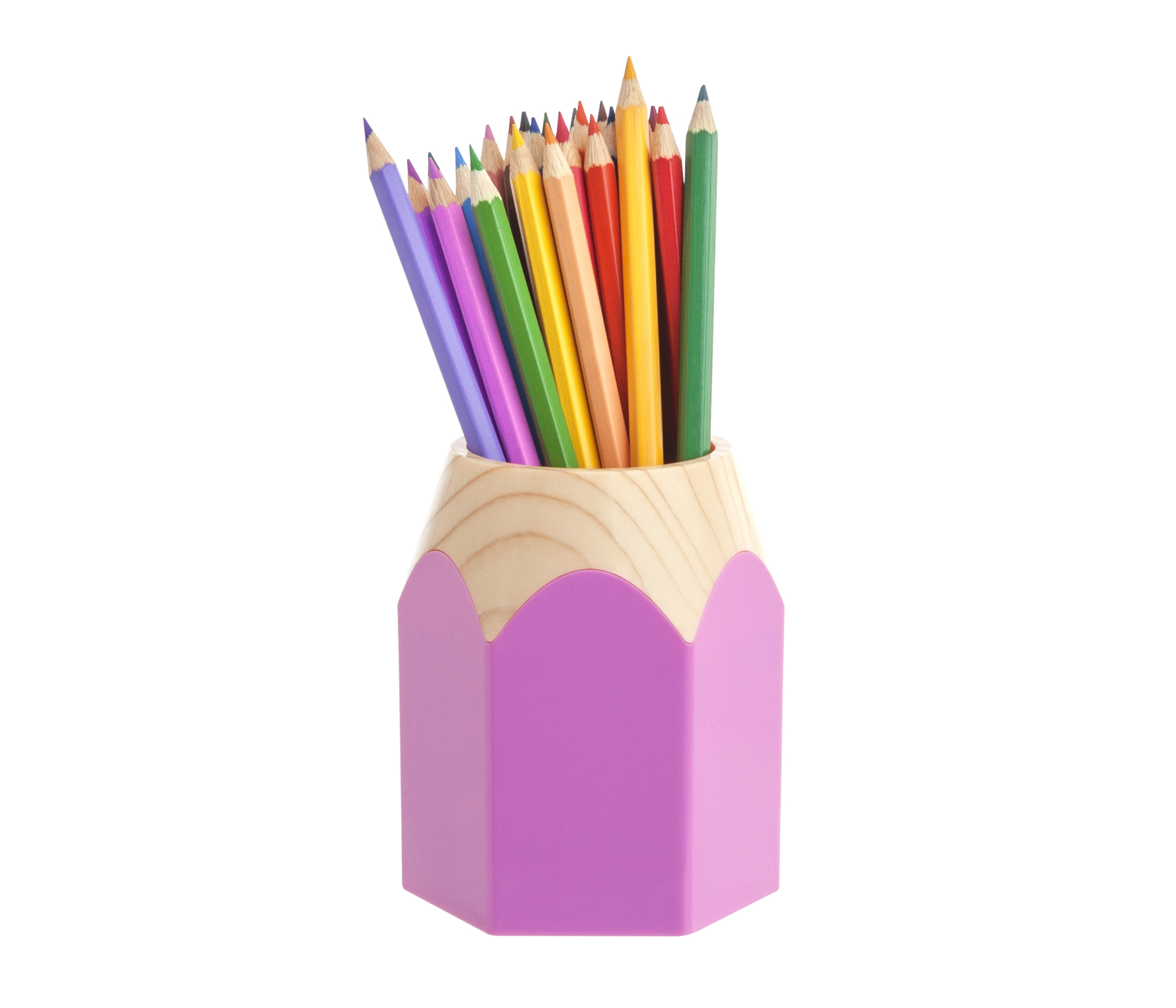
Cassidy Goldstein was 11 when she solved a common childhood frustration. Her plastic cylindrical holder gave broken crayons new life, extending their usability.
The simple invention earned her a patent in 2002 and generated millions in sales through major retailers. Her solution helped reduce waste while making art supplies more durable.
Sugar Packet Solution
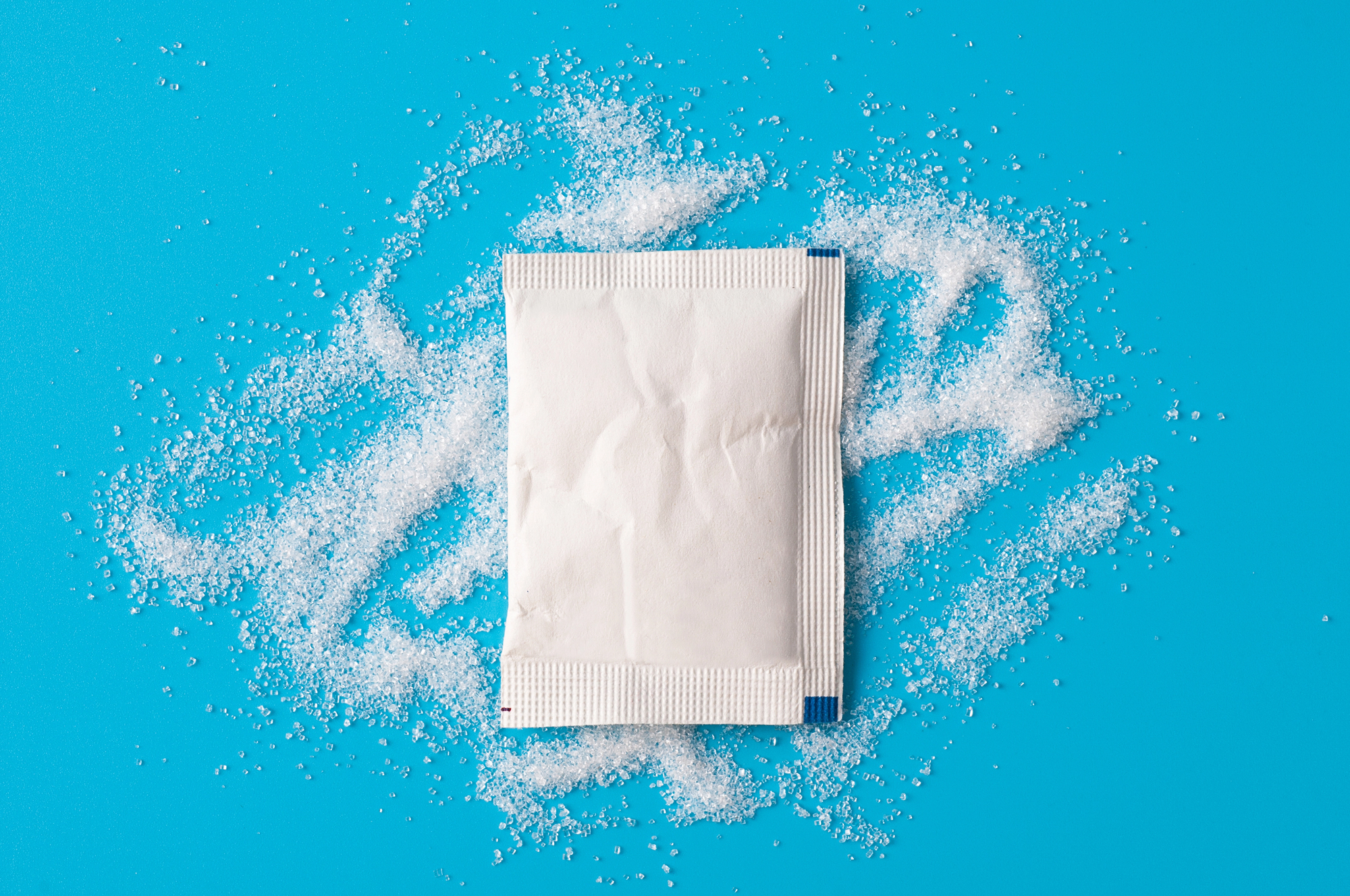
Worried about birds consuming harmful paper sugar packets, eleven-year-old Katelyn Sweeney developed biodegradable alternatives. Her dissolved sugar containers eliminated litter while protecting wildlife.
Major sugar companies expressed interest in her environmentally friendly design, which she developed as a science fair project.
Safe Sound Headphones
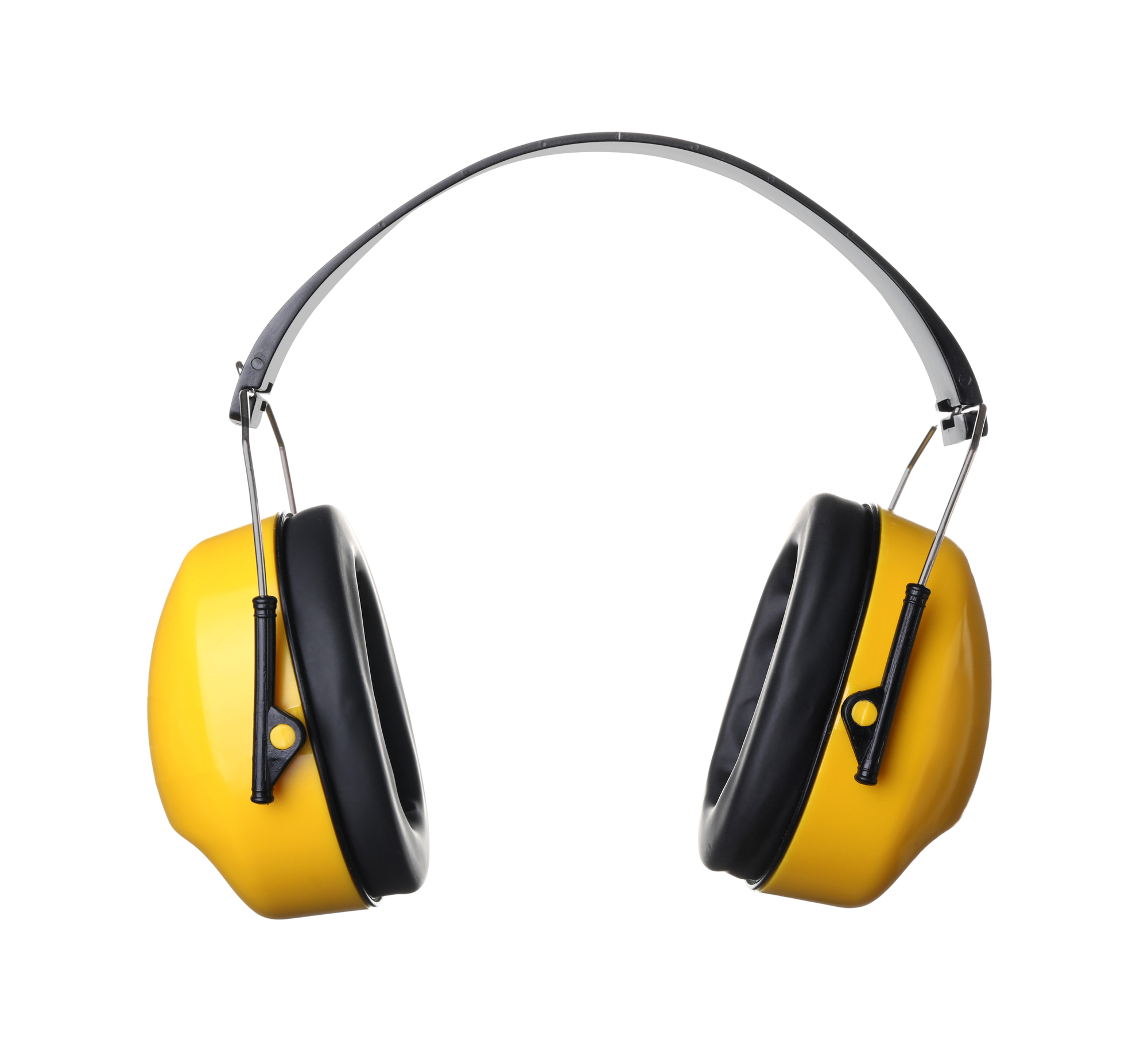
Fourteen-year-old Sarah Betts tackled hearing loss prevention with her innovative headphone design. Her system automatically adjusted the volume based on ambient noise levels, protecting users’ ears.
The invention earned multiple youth science awards and attracted interest from audio equipment manufacturers, influencing modern headphone safety features.
Like Go2Tutors’s content? Follow us on MSN.
Kid’s First Aid
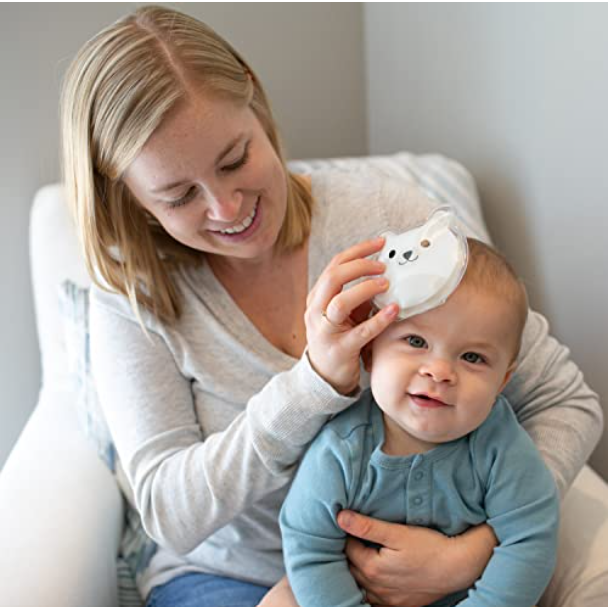
Twelve-year-old Kelly Reinhart combined comfort with care in her “Hurt-Free Bear” invention. The teddy bear contained built-in cold compresses that soothed injuries while comforting young patients.
Pediatric offices across the country adopted her bear, which helped reduce anxiety during treatment.
Water Safety Vest

After witnessing a near-drowning, ten-year-old Aaron Krouse created an improved life jacket design. His version prevented young children from removing safety straps while swimming.
The innovation earned him recognition from water safety organizations and influenced modern flotation device designs.
Lunch Bag Revolution
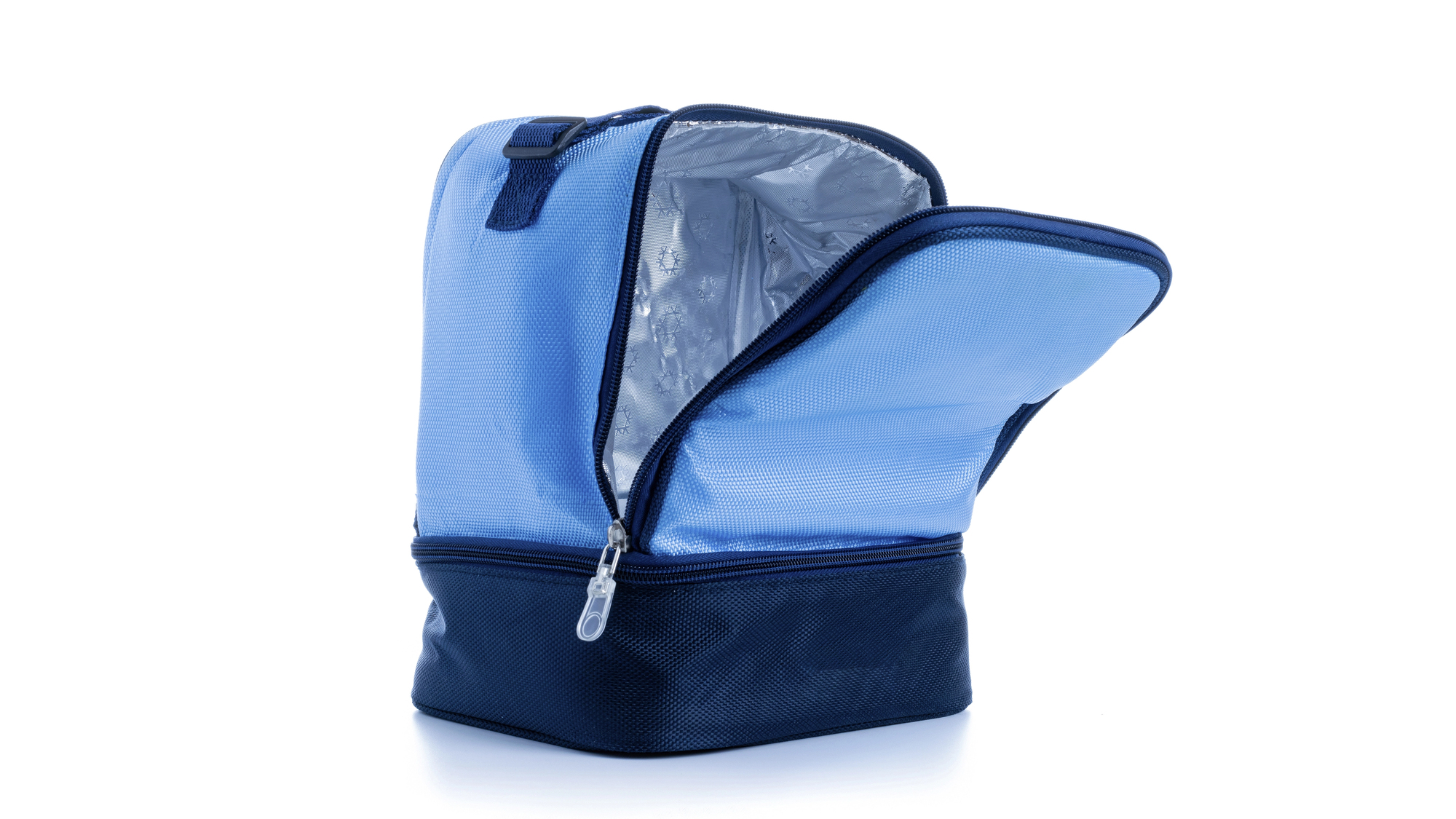
Eleven-year-old Sarah Buckel solved two problems with one invention. Her folders with built-in lunch bags eliminated waste while keeping school supplies organized.
The eco-friendly design reduced paper bag use and earned her recognition from environmental groups.
Like Go2Tutors’s content? Follow us on MSN.
Glow Paper

In 1974, ten-year-old Becky Schroeder became the youngest female to receive a U.S. patent. Her “Glo-Sheet” invention combined phosphorescent paint with writing paper, allowing people to write in dim light.
The idea came from struggling with homework in her father’s car while waiting for her brother’s football practice.
Christmas Lights

After a tragic New York fire caused by candle-lit Christmas trees in 1917, fifteen-year-old Albert Sadacca transformed holiday decorating. Using light bulbs from his family’s novelty business, he created the first safe, colorful Christmas lights for home use.
The invention grew into NOMA Electric Company, which dominated holiday lighting for 40 years.
Sign Language Translator Glove

Fifteen-year-old Ryan Patterson created a glove that translated American Sign Language into text displayed on a portable screen. After watching deaf people struggle to communicate at a fast-food restaurant, he developed the device using flexible sensors and a microprocessor.
His invention won the 2001 Intel International Science and Engineering Fair and sparked the development of modern sign language translation technology.
Like Go2Tutors’s content? Follow us on MSN.
Young Minds, Big Impact
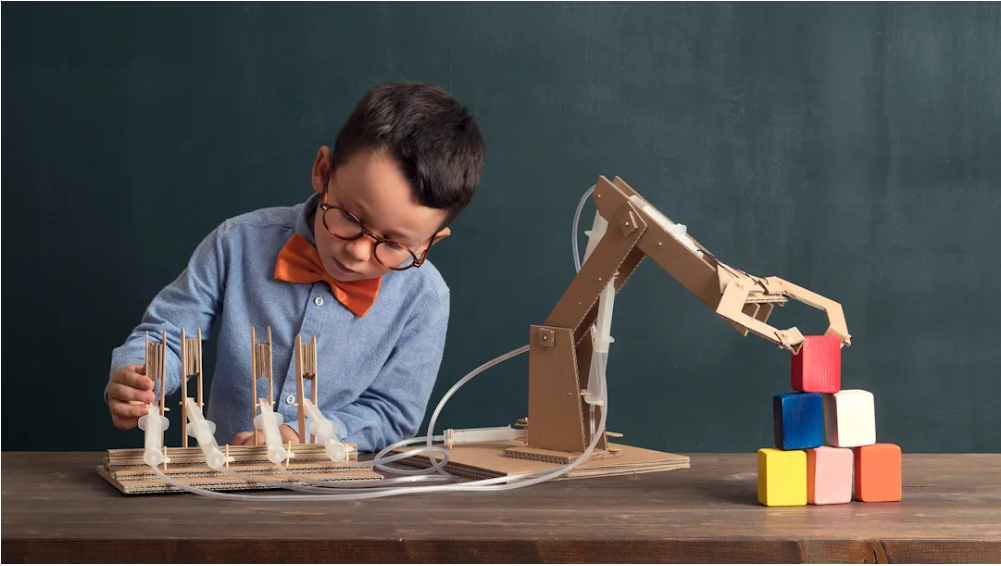
These young inventors proved that creativity and innovation know no age limits. Their practical solutions to everyday problems demonstrated how fresh perspectives often lead to breakthrough ideas.
Many of these childhood inventions continue to influence modern life, reminding us that sometimes the simplest solutions come from the youngest minds. Their achievements inspire new generations to observe, question, and create, regardless of age or experience.
More from Go2Tutors!

- Famous Battles: How Much Do You Really Know About U.S. History?
- Top 5 Most Important Skills, According To Harvard Business School
- How Well Do You Know 90s Pop Culture? Take the Quiz
- Master the Art of Public Speaking with These Expert Tips
- Think You Know Capitals? Put Your Knowledge to the Test
Like Go2Tutors’s content? Follow us on MSN.


